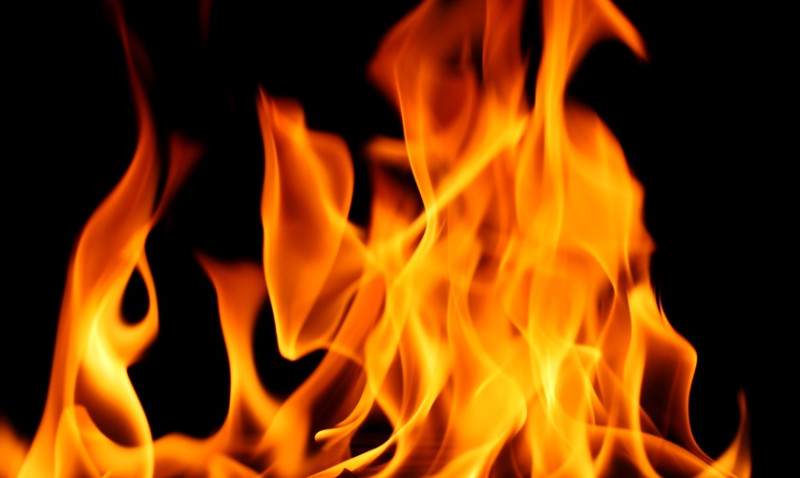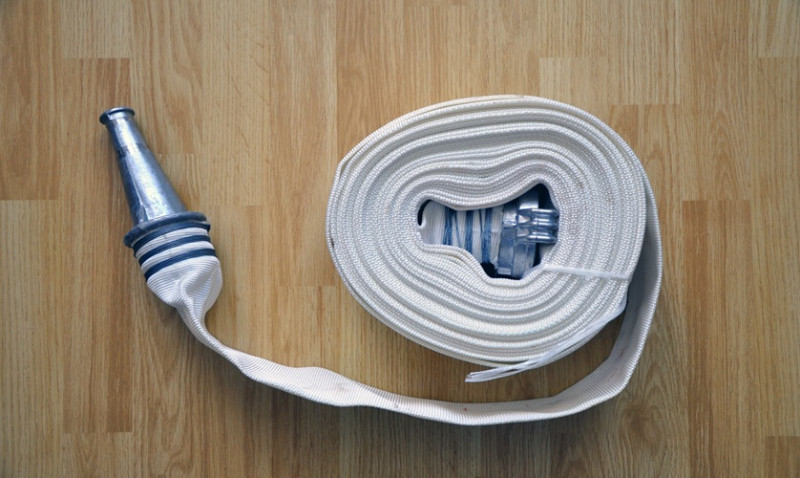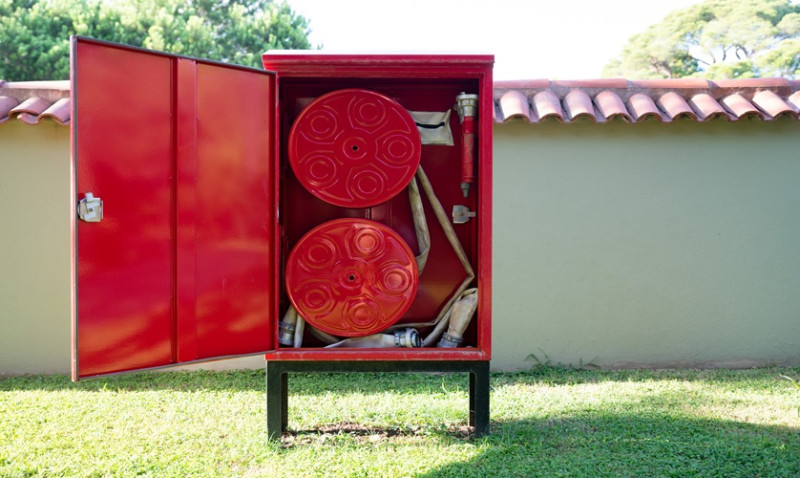
Whether you're working on a home renovation, a commercial building upgrade, or designing a new structure altogether, understanding the inner workings of a wet fire sprinkler system is crucial. As a UK-based DIY enthusiast, architect, or professional tradesman, having detailed knowledge about these life-saving installations will not only ensure compliance with British safety standards but could also save lives in case of fire emergencies.
Fire protection systems in the UK fall under strict building and fire code requirements, and knowing how these systems are structured and maintained is essential. In this blog, we’ll break down the components of a wet fire sprinkler system and dig into the essential procedures like the main drain test and the inspector's test, helping you confidently assess or plan installations and maintenance for domestic or commercial buildings.
What is a Wet Fire Sprinkler System?
A wet fire sprinkler system is the most common type of sprinkler system in the United Kingdom. In this system, the pipes are filled with pressurised water at all times. This allows for immediate discharge of water when a sprinkler head detects heat and activates, offering swift response during the early stages of fire.
This system is particularly suitable for buildings and spaces that are heated throughout the year—preventing water from freezing inside the pipes. This includes homes, office buildings, gyms, retail spaces, and hospitality premises.
Wet systems offer simple operation, relatively low cost of installation, and low maintenance, making them highly attractive for many building types. Their straightforward design makes them a preferred option for DIY homeowners managing their own renovation projects or small-scale commercial installers.
Its efficiency, combined with a robust understanding of the system’s components and testing processes, ensures that safety is maximised and costly damage from malfunction or slow response is minimised.
Key Components of a Wet Fire Sprinkler System
Understanding the components of your sprinkler system is the first step in ensuring reliable protection. Below is a breakdown of the main parts that make up a wet fire sprinkler system:
| Component | Description |
|---|---|
| Sprinkler Heads | Devices that discharge water when the heat-sensitive element inside bursts due to rising temperature, usually at 68°C (155°F). |
| Piping Network | Metal or CPVC pipes that distribute water to each sprinkler head and are constantly pressurised with water. |
| Control Valve | Also known as the main isolation valve, it controls water flow into the system and must always remain open when the building is occupied. |
| Alarm Check Valve | Prevents backflow and triggers the alarm system when water flows due to activation of the sprinklers. |
| Pressure Gauges | Allow monitoring of the water pressure on both sides of the system to ensure optimal performance. |
| Test and Drain Valve | Used to test the water flow and drain the system for maintenance. |
| Main Drain | Allows for high-volume water discharge during maintenance, testing, or emergency shut-downs. |
| Fire Department Connection (FDC) | Allows fire brigade to pump additional water into the system if required during firefighting operations. |
Each component serves a critical role. For homeowners planning a self-build or renovation, or tradesman checking an install, knowing these parts can make diagnosing issues or ensuring the system's operational reliability much easier.
Main Drain Test – Why It Matters
The main drain test is a functional test carried out to verify that the water supply to a wet fire sprinkler system is adequate and unimpeded. It also indicates whether any obstructions or changes in water pressure have developed that could affect system performance.
This test is typically done after the initial installation and annually thereafter, as per BS EN 12845 and other relevant UK building codes. In regions with significant calcification or aging pipes, more frequent testing might be ideal.
To perform a main drain test, the technician opens the main drain valve and allows water to discharge at full force. During this discharge, pressure readings are checked using the gauge located on the riser. The difference between static (non-flowing) and residual (flowing) pressure can expose potential blockages or supply issues.
Key steps in a main drain test include:
- Isolate all alarm switches to prevent sending a false signal to the fire brigade.
- Record the static pressure from the gauge before opening the drain.
- Open the main drain valve fully and note the residual pressure.
- Close the valve slowly and again record the static pressure to ensure system recovery.
A significant drop in residual pressure could indicate a partially closed valve or blockage. For property owners or overseeing contractors, reviewing these fluctuations can prevent serious issues in time-sensitive firefighting situations.
Inspector’s Test – Simulating a Real Activation
The inspector's test is used to simulate the triggering of a sprinkler head without setting off the entire sprinkler system. This allows you to check if the alarm sounds and verify that water delivery times meet code compliance — typically within 60 seconds in residential systems.
The test connection is usually located at the end of the highest or most remote branch of the sprinkler system. It’s fitted with a special orifice to mimic the flow of a single sprinkler head. When the valve at this location is opened, water flows through the system, triggering the alarm and verifying response time.
This procedure is particularly useful for property managers, landlords, and building owners who want to verify that their system is ready to respond rapidly in a real emergency. It also serves as a standard part of annual checks and is often a requirement for insurance validation.
Key objectives of the inspector test include:
- Confirming the water flow alarm functions correctly and promptly
- Checking the speed of water delivery to the furthest point
- Would-be verification of unobstructed pipe work and valving
Documenting the response time and alarm activation during this test is vital for compliance with UK standards and should be retained for inspection or audit purposes. Regularly conducting this test also aids in spotting issues such as stuck alarms or insufficient flow, which could be disastrous in real-world applications.
Conclusion: Fire Safety is a Shared Responsibility
A well-designed and maintained wet fire sprinkler system is a cornerstone of property and occupant safety. Whether you’re a hands-on homeowner, an interior designer revamping a Grade II listed building, or a commercial contractor managing new development in city centres, having fundamental knowledge of sprinkler systems can empower you to make informed, safety-first decisions.
Understanding how the system works—and how to test it—can help you confidently discuss fire safety with installers, ensure compliance with UK standards like BS EN 12845, and ultimately offer better safety for everyone using your buildings.
Remember to perform regular maintenance and ensure that annual checks like the main drain test and the inspector's test are conducted by certified professionals, or under professional guidance, if DIY is permitted by local law and insurer.
Want to explore sprinkler-friendly ceiling designs or underwater fire safety solutions for your next project? Subscribe to our blog or get in touch for tailored advice on integrating safety with style in your UK property development.






